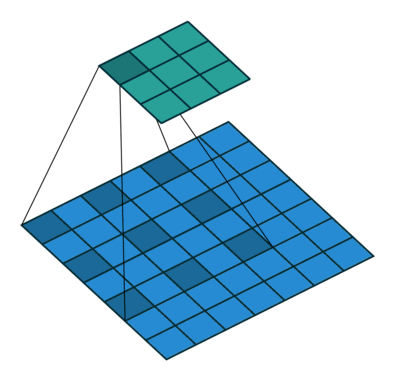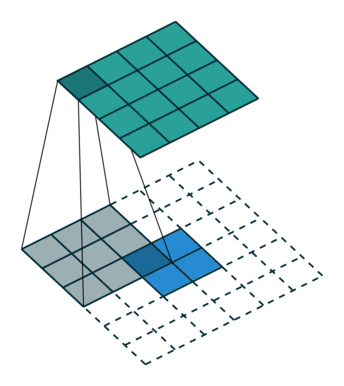Table of contents
-
What is Maximum Likelihood Estimation?
1.1. The Main Idea
1.2. Diffusion Process
1.3. Model Architecture
-
2.1. The Main Idea
2.2. Diffusion Process
2.3. Model Architecture
Recall Convolution Neural Networks: Upsampling, Downsampling, and Deconvolution [1]
Tradition CNNs are used to compress and extract images’ features.
1. Upsampling, Downsampling and Dilation
- Both of them is to expand/compress the input. Some techniques are widely used including padding (upsampling), stride (downsampling), dilations (downsampling).
- In the dilation, the edge pieces of the kernel are pushed further away from the center piece.

2. Transposed Convolution
- is upsampling in nature. The layer will conduct operation on a modified input by calculating and adding 0’s. [2]

- Applications: are to reconstruct images (e.g., Generator in GANs, encoders,…)
- Difference between Transposed Convolution vs Deconvolution:
- Deconvolution can reverse the Convolution output to get the exact same input, while Transposed Convolution does not give the same output as the input.

NOTE: The effects of Downsampling and Upsampling will be reversed if they are applied to Transposed Convolution.
Generative Adversarial Networks
Training
- Step 1: Discriminator: tries to maximize $log(D(x)) + log(1-D(G(z)))$
- Step2: Generator: tries to minimize $log(1-D(G(z)))$ or maximize $log((G(z)))$
- The below notebook is an implementation of DCGAN, which uses convolution and transpose convolution layers in the Discriminator and Generator, respectively.
Notebook with detailed documents